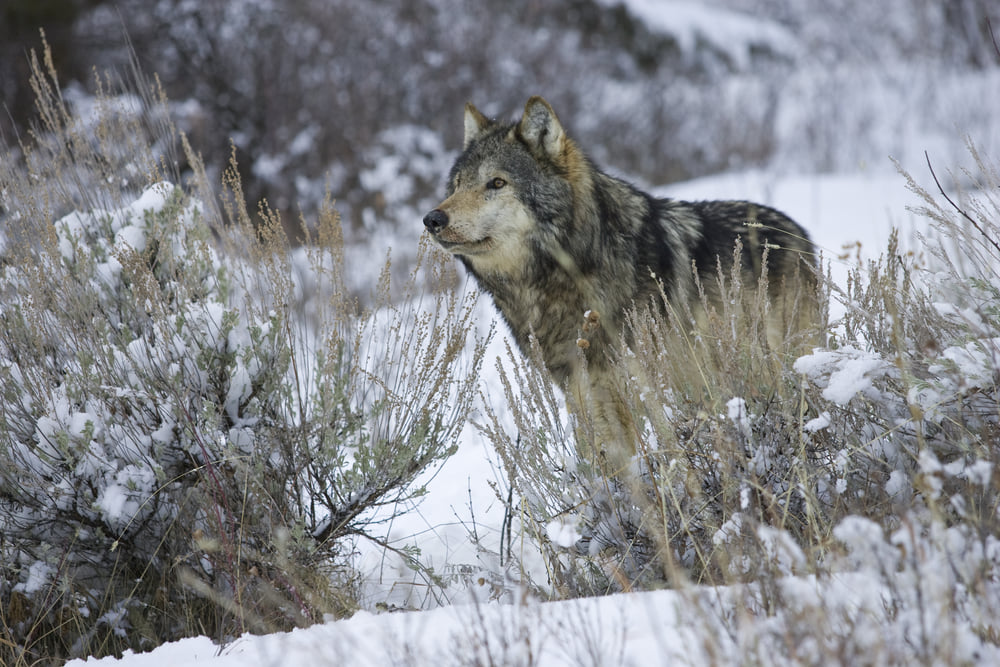Left unchecked, wolves are a problem for both wildlife and humans in the U.S. The Treasure State is taking bold measures to make sure the problem doesn’t get any worse.
Two weeks ago, Montana’s Fish and Game Commission, meeting in person for the first time since the COVID-19 pandemic began, voted 3–2 to allow a statewide harvest of 450 wolves, which represents about 40% of the estimated population in the state, according to Montana Fish, Wildlife and Parks (FWP) data.
Regional quotas were also set to allow FWP to review the regulations should the statewide or regional take exceed thresholds. When the state or regional quota is met, the commission will meet to discuss further options during the season including increasing the number of wolves harvested. Hunters can obtain 10 wolf licenses and trappers are allowed a bag limit of 10 wolves. Each wolf kill must be reported to the state within 24 hours.
If the quota is met, it would be a significant increase from last year’s harvest of 328 wolves and the 2019 harvest of around 300. Ken McDonald of the FWP said the current wolf population in Montana is at 1,177.
The commission also approved night hunting and baiting on private land along with neck snaring statewide.

The late Dr. Valerius Geist conducted numerous studies on wolves in North America, and he long championed scientific-based management. His studies on wolves are among the most cited in today’s scientific literature. Geist was of the opinion that wolves are most likely to fulfill their ecological function in unpopulated and very thinly populated areas. His publications on wolves include as topics also the development of great shyness toward humans by hunting, hybridization with coyotes, where distribution areas of both species overlap, hybridization with domestic dogs in areas populated by humans, and diseases spread by wolves, for example the dog tapeworm, whose larval stages lead to Hydatid disease in herbivores and humans. By triggering panicky flight behavior in deer packs and causing them to migrate, wolves promote the spread of chronic wasting disease (CWD).
GRAY WOLF FACTS:
- There are more than 60,000 gray wolves in Canada.
- The U.S. is home to about 20,000 gray wolves.
- Nearly one-third of all the gray wolves in the U.S. lives in three states: Minnesota, Wisconsin and Michigan.
- On average, one gray wolf will eat 20 white-tailed deer per year.
“We need wolves,” said D&DH Editor Dan Schmidt. “Aldo Leopold taught us that. No one is questioning it. Yes, wolves have a place on the landscape, but they need to be managed with as much care — actually more — than any other wildlife species we have because of their standing as the apex predator on the landscape.”

